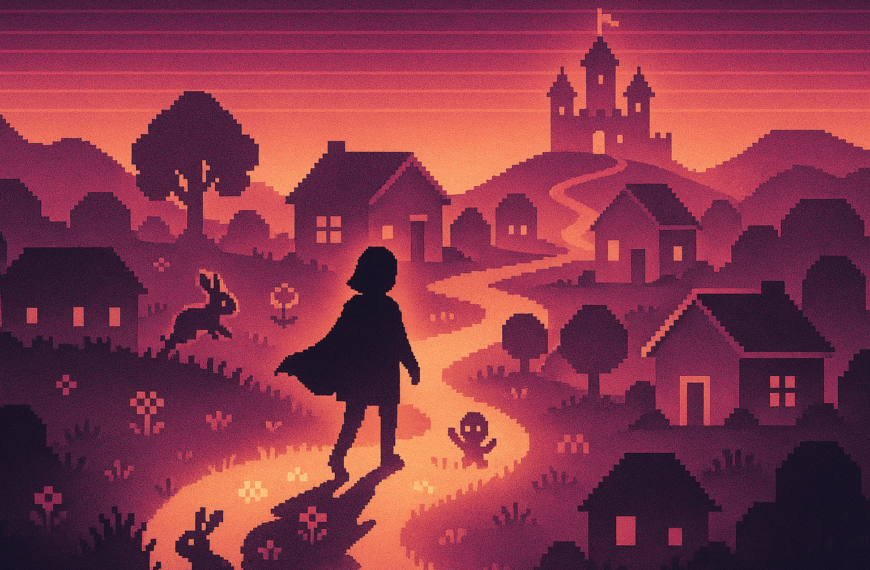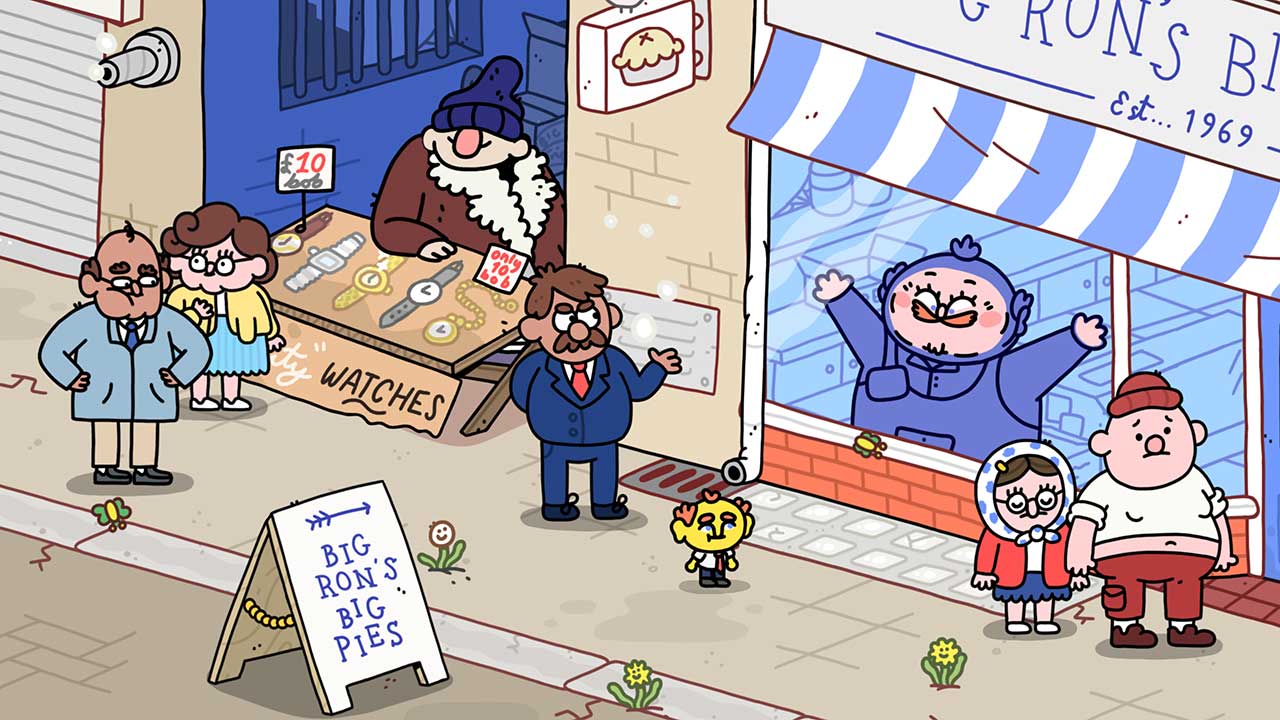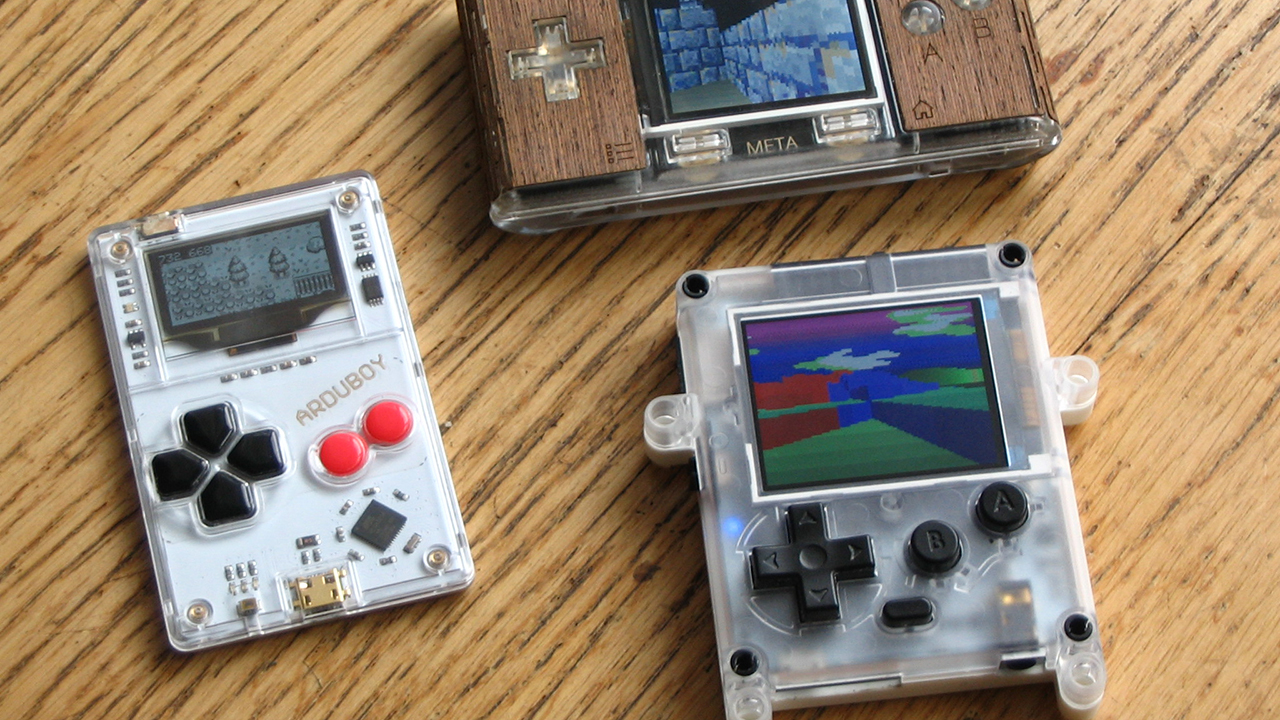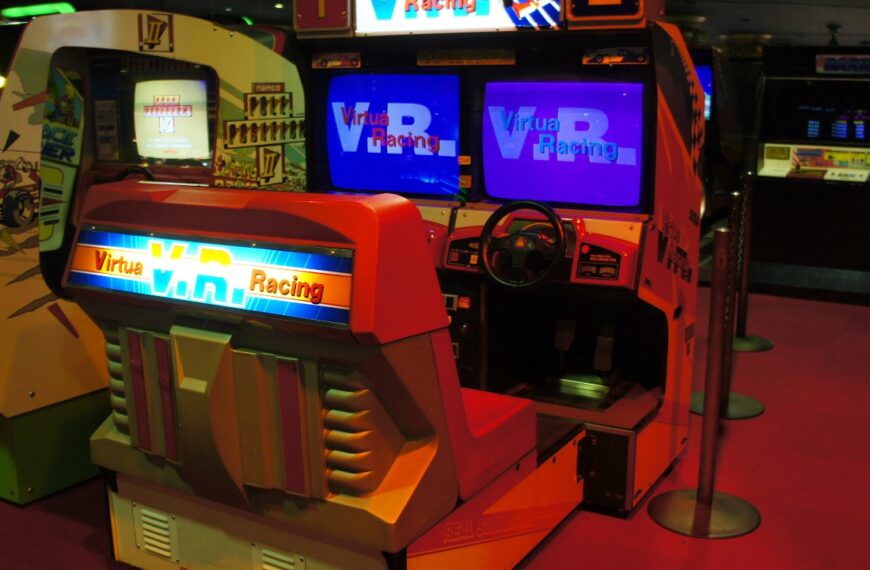Once a nostalgic relic of the late ’90s, virtual pets are experiencing a significant resurgence in 2025. This revival is driven by a blend of technological advancements, cross-generational appeal, and a renewed interest in digital companionship.
The Tamagotchi Revival

Bandai Namco’s Tamagotchi has made a strong comeback, with global sales more than doubling between 2022 and 2023. The release of new models featuring Wi-Fi connectivity and downloadable content has modernized the once-simple experience. It’s no longer just a childhood fad — adults are returning to it too.
Even more telling is the brand’s move to open its first UK store in Camden, London — something it never achieved in its ‘90s heyday. That kind of physical retail commitment shows just how big the demand has become again.
AI-Enhanced Digital Companions

Today’s virtual pets are no longer pixelated blobs with beep alerts. AI-driven apps like Pengu on iOS and Pengu on Android are redefining digital companionship. These AI-powered pets adapt to your behavior, respond emotionally, and evolve through interaction — creating a more personalized and engaging experience than anything that came before.
Market Growth and Mobile Dominance

The global virtual pet game market is expected to hit $7 billion by 2033, with a compound annual growth rate of 15% starting in 2025. Mobile platforms are leading the charge, generating over 80% of that revenue. Games like My Boo, Bubbu, and Dogotchi are keeping the genre alive and thriving on smartphones.
Integration with Emerging Technologies

It’s not just about feeding and cleaning anymore. AR and VR are pushing the virtual pet concept into new realms. These technologies allow users to see and interact with their pets in 3D environments, blending the digital world with real-world surroundings for a more immersive experience.
Community and Social Features

Modern pet games now often include multiplayer or community components — think trading, competing, and co-raising pets. These social features keep users more engaged and add long-term replayability to what was once a solo, closed-loop experience.
A New Era for Digital Companions

Virtual pets in 2025 are more than a passing trend — they’re a reflection of how we now approach companionship and entertainment. By merging nostalgia with real technological innovation, these digital creatures are proving they’re here to stay — and evolving fast.


 By
By












